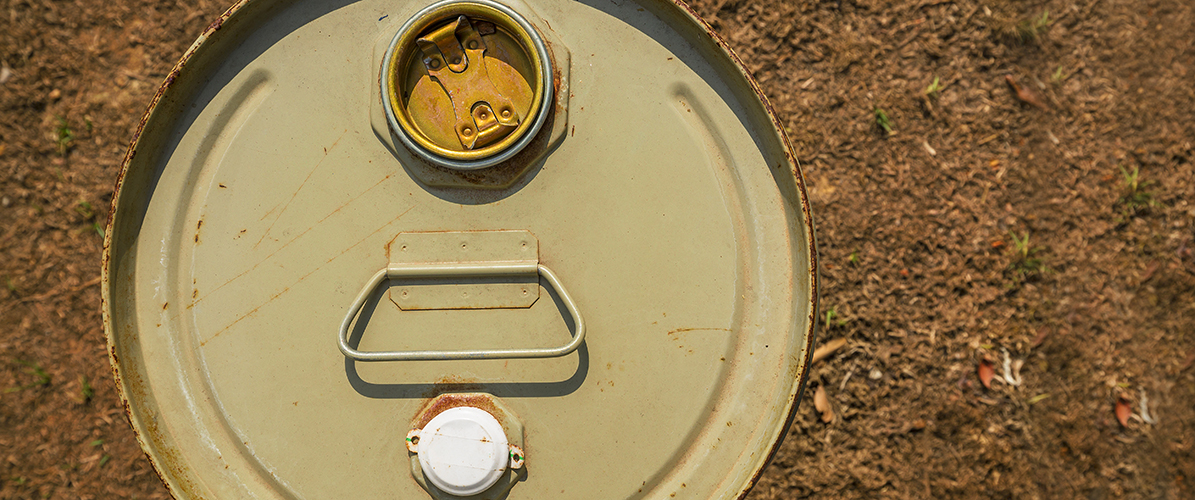
New wholesale market veg price summaries available
3 September 2018
Chemical handling workshop to give Victorian growers vital training
7 September 2018A recently completed project, undertaken by the Queensland Department of Agriculture and Fisheries, looked at ways to increase the capacity of the vegetable industry to develop integrated disease management programs for bacterial leaf spot of capsicum and chili field crops.
The project took place over the course of three years, and gained insight into the pathogens which may cause bacterial leaf spot.
Some key findings from the project included:
- There are four different Xanthomonas pathogen species associated with the disease, where previously it was assumed that the vesicatoria was causing bacterial leaf in all solanaceous crops. Each of these four Xanthomonas pathogens are largely host-specific
- Copper treatment for the Xanthomonas pathogens may not be as effective as previously thought, due to a high tolerance of copper within the bacterial populations
- Essential oils may be a suitable avenue of alternative treatments, with the researchers noting that preliminary testing indicated oils tested had a strong antibacterial effect against some races of Xanthomonas pathogens
The project also made the major recommendation of using heat treatment of seed where possible to prevent primary introduction of pathogens and mitigate the risk of new bacterial races developing and spreading.
A full profile on this research project can be found in the upcoming edition of Vegetables Australia magazine. Click here to subscribe!
For more information on this project, please visit Hortlink.
This post appeared in the AUSVEG Weekly Update published 04 September 2018. Subscribe to the Update using our online form to receive the latest industry news in your inbox every week!


